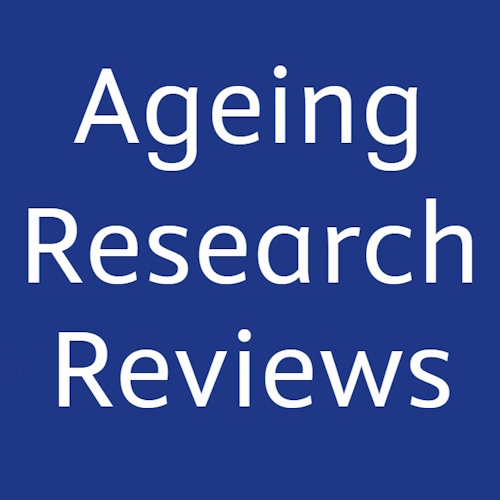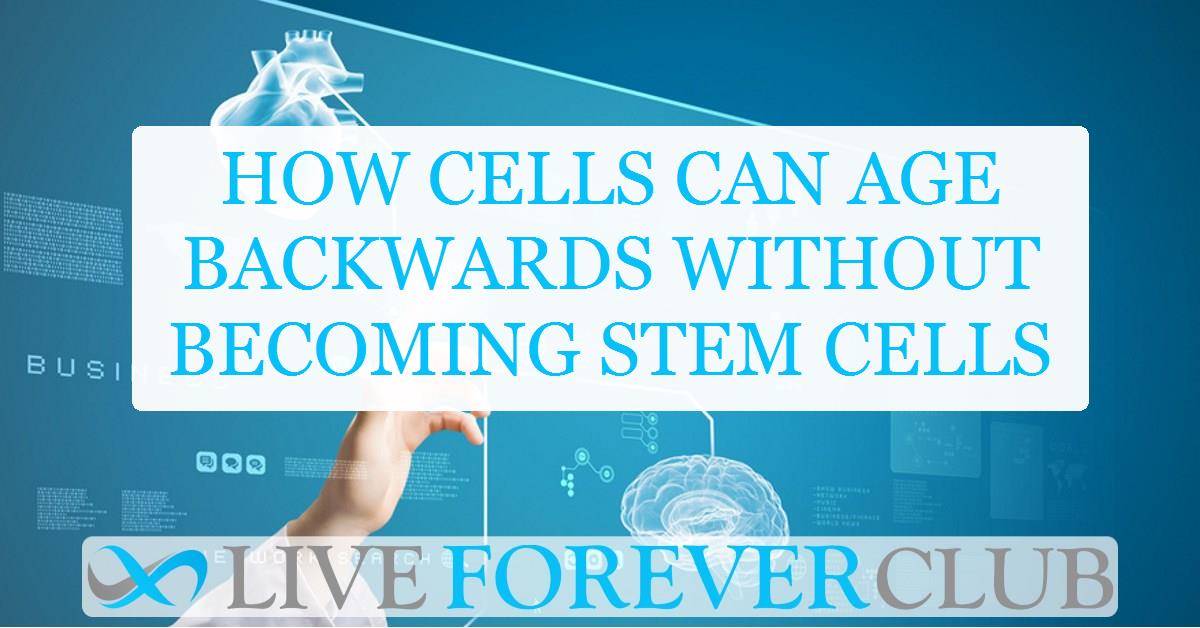Ageing affects every organ, every cell, and every molecule in the human body. It weakens resilience, heightens disease risk, and dims the glow of youth. For decades, scientists have asked whether ageing is reversible. The concept of rejuvenation once belonged to fiction. But now, new discoveries have brought this dream within scientific reach.
A wave of research explores how partial cellular reprogramming might reset the biological clock. This process nudges cells back toward youth without stripping them of their identity. Instead of turning adult cells into stem cells, scientists stop the process midway, keeping the cell’s function intact. This careful approach appears to reverse many hallmarks of ageing, including molecular wear and cellular exhaustion.
Understanding Partial Reprogramming
Cellular reprogramming first gained attention when scientists learned to create pluripotent stem cells using Yamanaka factors—Oct4, Sox2, Klf4, and Myc. These factors, when expressed fully, erase cellular identity and return cells to a flexible, embryonic-like state. But full reprogramming risks tumors and organ dysfunction. Partial reprogramming offers a gentler alternative.
By applying these factors for a short period, researchers can rejuvenate cells without pushing them all the way to pluripotency. The process targets ageing at its roots—restoring epigenetic markers, improving mitochondrial function, and reducing inflammation. Importantly, the cells remain recognisable, preserving their original roles in the body. Studies in mice and human cell cultures now show consistent signs of rejuvenation.
Biological Shifts at the Molecular Level
Partial reprogramming causes widespread chromatin remodelling. Chromatin controls access to DNA. In young cells, chromatin stays loose and flexible. In aged cells, it tightens, limiting gene expression. Reprogramming reverses this change. Cells regain access to youthful gene networks.
These changes begin in a sequence. During the initiation phase, chromatin becomes more accessible. Histone marks that promote gene activation appear, especially on genes linked to repair, development, and cell survival. In parallel, repressive marks like H3K27me3 fade, and the DNA becomes more open to pluripotency factors.
This stage also sparks a mesenchymal-epithelial transition (MET), making cells more plastic and responsive. But unlike full reprogramming, which leads to complete identity loss, partial reprogramming pauses before the final transition into a pluripotent state.
Dynamic Identity and Reversibility
Experiments show that partially reprogrammed cells often return to their original identity after a recovery period. Morphology and gene expression profiles bounce back, but with rejuvenated traits. For instance, reprogrammed mouse cardiomyocytes and hepatocytes begin expressing genes linked to younger, progenitor-like states. Over time, they resume their original function, but with enhanced regenerative capacity.
This reversibility proves crucial. It suggests that partial reprogramming does not permanently disrupt tissue function. Instead, it resets certain molecular circuits that deteriorate with age. Human cells respond in similar ways. B-cells and fibroblasts lose age-related gene expression patterns, showing upregulated repair markers and downregulated inflammation.
However, the exact outcome depends on the cell type, the reprogramming protocol, and the presence or absence of a recovery phase. Some tissues respond better than others. Some revert more completely. This variability highlights the importance of careful calibration in future therapeutic use.
Tissue Effects and the Role of the Extracellular Matrix
Reprogramming not only affects individual cells—it changes their surrounding environment. In muscle, for instance, reprogramming enhances the activation of satellite cells, the stem cells responsible for muscle repair. This effect happens even when the muscle fibers themselves don’t revert to a stem-like state.
These effects are partly due to changes in the extracellular matrix (ECM). The ECM acts as a structural and signaling framework. With age, its components stiffen and lose function. Partial reprogramming shifts this landscape. Some studies show increased collagen production and ECM organisation. Others report decreased fibrosis markers. These differences may reflect differences in timing, reprogramming duration, or whether recovery phases were allowed.
The ECM’s role in reinforcing or resisting cellular change remains an area of active investigation. Understanding how reprogramming reshapes tissue microenvironments could unlock targeted applications that enhance organ regeneration.
Cancer Risk and Proliferation Control
Rejuvenation carries risks. The biggest concern is uncontrolled cell growth. If reprogramming goes too far, it may lead to cancer. In several mouse studies, long-term exposure to Yamanaka factors caused tumor formation and organ failure. Liver cells lost their function. Cardiomyocytes died.
To reduce this danger, researchers are experimenting with shorter exposure times, chemical reprogramming protocols, and omitting oncogenes like Myc from the factor mix. Some reprogramming strategies rely only on OSK—Oct4, Sox2, and Klf4—leaving Myc behind. Others use small molecules to trigger similar effects more safely.
Even so, partial reprogramming often leads to increased cell proliferation. Genes linked to the cell cycle ramp up. Markers like Ki67 rise. These effects usually fade after recovery, but careful control remains essential. Researchers must ensure that regeneration does not come at the cost of genomic instability.
How Age, Sex, and Cell Type Shape Outcomes
Not all cells are equally reprogrammable. Adipose-derived stem cells often reprogram more easily than skin fibroblasts. In mice, younger females appear less responsive than males. These differences may stem from epigenetic landscapes, hormonal effects, or differences in how reprogramming factors are expressed or absorbed.
Chemical reprogramming protocols help balance these variations. Specific cocktails can improve response rates across multiple tissues. Still, even with optimised treatments, responses depend on the biology of the starting cell. That means personalised approaches will likely be necessary in clinical use.
Measuring Youth: What Do Ageing Clocks Tell Us?
One of the most striking findings in reprogramming studies is the reversal of biological age. Scientists measure this using ageing clocks—epigenetic markers that correlate with age. After partial reprogramming, many of these clocks tick backward. This effect appears in skin, liver, brain, and other organs. It also shows up in cultured human cells.
But ageing clocks have limitations. Some clocks only respond at certain reprogramming stages. Others might reflect inflammation or stress rather than true biological function. The interpretation of clock changes remains controversial. A younger reading might not always mean better health.
That said, repeated findings of clock reversal—across cell types and species—suggest that partial reprogramming resets key aspects of ageing biology. Researchers are now trying to build better clocks that align more closely with health outcomes.
Functional Rejuvenation in Organs and Systems
Beyond molecular markers, animals show improved function after reprogramming. Brain studies report more neuroblasts and better memory. Optic nerves heal. Liver regeneration improves. Muscle repair accelerates. In aged mice, even visual acuity improves.
These outcomes depend on both the timing and nature of treatment. Chemical protocols trigger different pathways than genetic ones. Short cycles with recovery often outperform continuous exposure. The best effects appear when cells are nudged gently, not forced.
One study found that reprogramming resets an “energy switch” in spinal disc cells, promoting structural repair. Others have linked reprogramming to increased mitochondrial activity and more efficient oxygen use. These energy gains may help cells recover from damage and function more effectively with age.
Inflammation, Senescence, and Cellular Stress
Inflammation increases with age, driving many chronic conditions. Partial reprogramming usually reduces inflammation markers. But some early-stage treatments briefly raise them, likely as a stress response. This reaction fades over time.
Senescent cells—those that have stopped dividing—pose a special challenge. Some resist reprogramming altogether. Others show partial reversal. In a few cases, senescent cells help their neighbors reprogram by secreting supportive factors. This dual role complicates the picture but opens new paths for regenerative therapy.
Autophagy, the cell’s recycling system, also improves. Studies report more autophagosomes and better cellular cleanup. Downregulation of mTOR, a known ageing driver, supports this cleanup and improves cell function. DNA repair pathways activate in some cases, helping to correct age-linked mutations and damage.
Metabolic Rebalancing and Mitochondrial Reboot
Mitochondria, the engines of the cell, degrade with age. Reprogramming revives them. Cells consume more oxygen, produce less harmful ROS, and regain respiratory flexibility. Oxidative phosphorylation returns to youthful levels. Glycolysis, fat metabolism, and amino acid processing also shift.
These metabolic changes suggest cells regain the energy and stability lost with time. In one experiment, blocking glycolysis during reprogramming halted improvements. This implies that energy production is central to rejuvenation. But not all pathways are needed in every context. Some cells reprogram without glycolysis, relying more on mitochondrial gains.
From Bench to Bedside: Clinical Potential
While promising, partial reprogramming still faces barriers to clinical use. Safety is paramount. Most reprogramming protocols carry some cancer risk. For healthy individuals seeking rejuvenation, even small risks may be unacceptable.
One solution is to use reprogramming ex vivo. Cells are reprogrammed outside the body, tested, then reintroduced. Another strategy focuses on isolated organs. The eye, for example, is a contained system and a current target for clinical trials. Vision restoration studies in mice and primates show promise.
Chemical reprogramming may offer the safest path forward. Some protocols already show rejuvenation without promoting proliferation. Natural compounds may enhance these effects. Trials focused on age-related eye disease may lay the groundwork for future therapies.
Conclusion: Rewinding the Clock, Carefully
Partial reprogramming offers a bold vision for the future of ageing research. It resets molecular clocks, revives tired cells, and improves tissue repair. But it must be applied with care. Too much change, or the wrong timing, may cause harm.
Still, the evidence is growing. Reprogramming does not need to erase identity to bring back function. It can be measured, timed, and possibly controlled to enhance human health. As researchers refine protocols and find better biomarkers, the dream of safe, targeted rejuvenation may become real.
The study is published in the journal Ageing Research Reviews. It was led by Georg Fuellen from Rostock University Medical Center.








